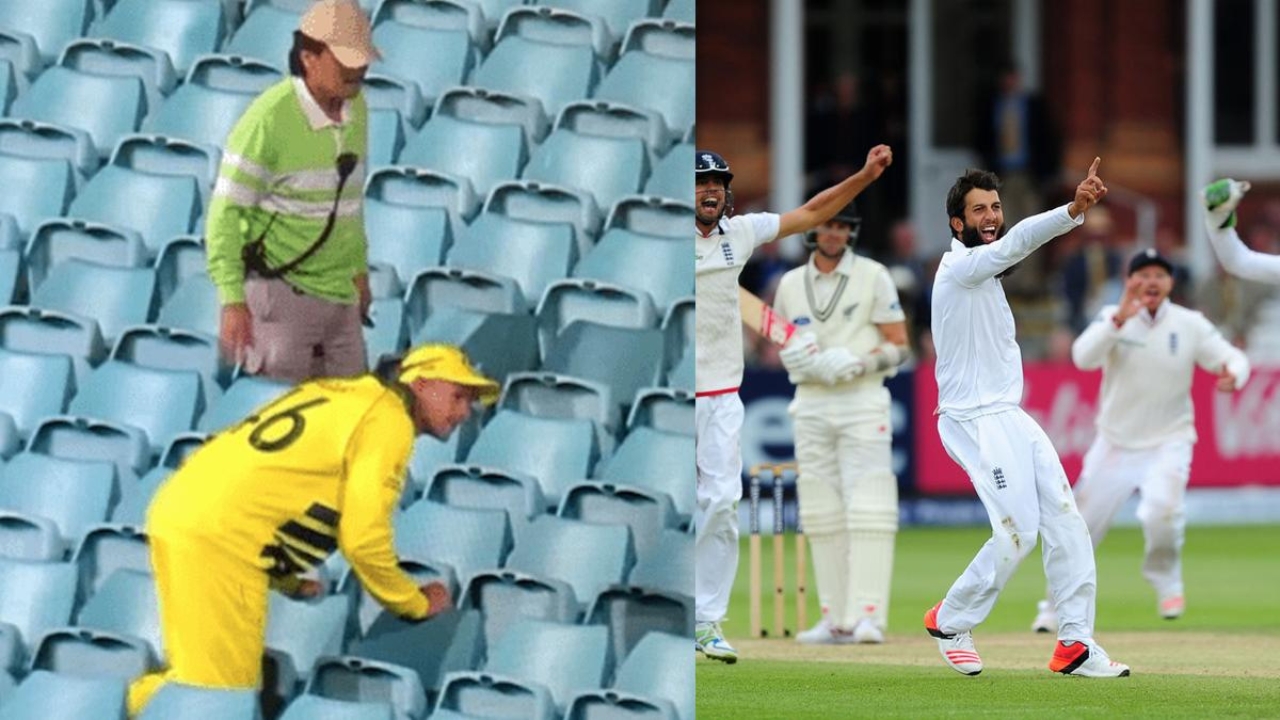The Marylebone Cricket Club (MCC), the custodian of the laws of cricket, sometimes made many amendments to the rules of cricket and sometimes made many new rules. According to the great pundits of cricket, the game’s history is very detailed from the 16th century till today.
International matches were played after 1844. However, officially International Test cricket started in 1877. England is called the originator of the game of cricket, but due to its increasing popularity, it is currently being played in more than 100 countries of the world.
Teams from many countries visit other countries and go to play this game. On the other hand, there have been changes in the rules of cricket over time. In today’s modern era, the definition of the game of cricket has wholly changed.
5 Unique Rules Of Cricket
However, today we will learn about those five rules related to the game of cricket, which are unique. However, very few people know about these rules. Let us see which rules are included in this list.
Dead Ball Rule
If there is obstruction or damage to the pitch by any person, animal (dog, etc.) or any other object in the field during the game, then the umpire will decide and call it a dead ball. However, according to the old rule, umpires did not do this.
Replacement Of Players
This is a new rule. Law 1.3 has been made regarding this rule. According to this, the player should be replaced in his form. If the player has batted, the replaced player cannot bat in that inning. If a penalty or warning is applied to the player, the same will apply to the incoming player.
Rule In Case Of Losing The Ball
If a bat-man shot loses the ball, the ball is declared dead after an appeal by the fielding team. During this, the runs obtained by running or from the boundary are added to the batsman’s account. The next game starts only when the same number of overs the old ball is brought to the ground.
Marking Rule
According to the old rule, Mankading came under Law 41 (Unfair Play). Now it has been moved to Law-38 (run-out). It will not be considered Unfair Play, due to which the dispute over it will almost end.
Explain that when the bowler feels that the batsman of the non-striker’s end is coming out of his crease much before the ball is delivered, then the bowler can run out the batsman at the non-striker’s end. The ball is not recorded, but the batter gets out.
The credit for the invention of this word goes to the Australian press. During India’s tour of Australia in 1947, Vinoo Mankad dismissed Bill Brown not once but twice by removing the bails when he was out of the crease. Of these, once in the test. There was a big noise, and since then, the name of Shor and Vinoo Mankad got associated this way.
It Can’t Be Given Out Without Appeal!
Unless the fielding team appeals, the umpire does not give the batsman out (LBW, obstructing the field, etc.). This is done if we talk about the 27th rule of cricket. If the batsman returns to the pavilion, the umpire can stop him and say that you are not out. It is believed that the bowling team can appeal even after the bowler reaches the run-up.











